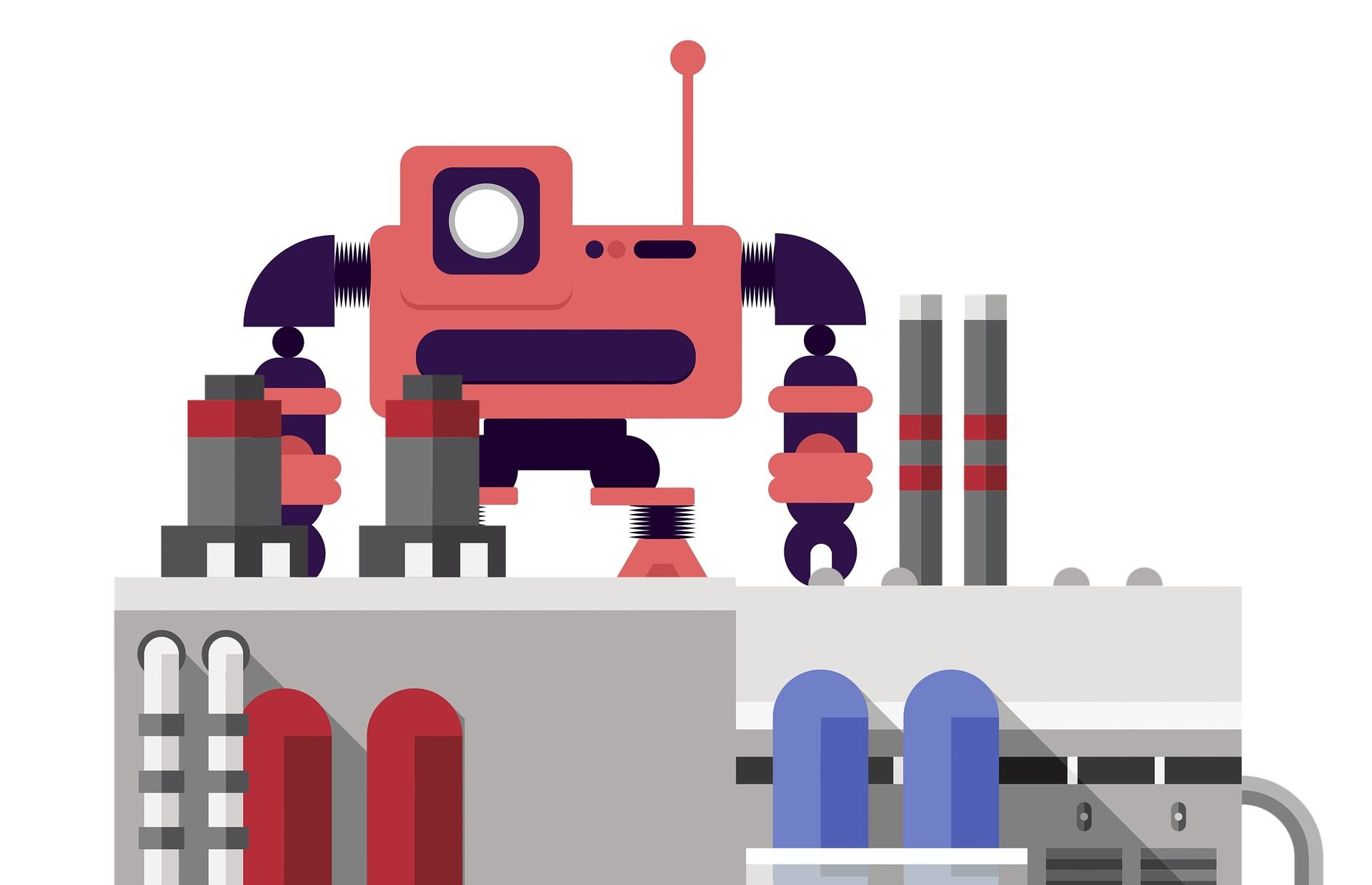Standards always stand for safety first

Safety in the use of various materials in production is responsible for many parameters that affect both the final result and intermediate parameters in the course of the activity. Since basically equipment and materials are standardized and used in the same technical characteristics, therefore, these processes are regulated by uniform standards at the international level. Today we will introduce you to some of the newest standards that are recommended to be purchased in case your company comes into contact with the materials and technologies that are described in the mentioned documents.
Safety of machinery — Anthropometric requirements for the design of workstations for industries and services (ISO/DIS 14738:2020)
The importance of the safe use of equipment, even in automated production, has been emphasized more than once. Nevertheless, each area has its own characteristics, which is why international standards are created for each industry.
One of them is SIST EN ISO 14738: 2020. This document describes anthropometric requirements for the design of workstations for industries and services. As you can see, only a minimal part of the entire production process requires clear standardization, in order to clearly track possible risks and also increase the productivity of the entire production.
If you are interested in this standard, we recommend that you familiarize yourself with its characteristics in more detail on the website, to which you can follow the attached link.
Glass in building — Laminated glass and laminated safety glass — Parts 1–6: Definitions and description of component parts (ISO/DIS 12543–1:2020)
The use of each material is governed by separate standards and international regulations. Special attention is paid to the construction industry and the materials used in it. One of the standards describing the norms for the use of glass SIST EN ISO 12543–1: 2020.
This part of this European Standard defines terms and describes component parts for laminated glass and laminated safety glass for use in the building. Since the description of only one part of the entire standard is mentioned above, we recommend that you familiarize yourself with the rest of the document on our website if your business operates in this area.
We have all the parts of this standard in stock, and we will be happy to help you find exactly the document that will be appropriate the most for your business.

Petroleum, petrochemical and natural gas industries — Safety of machinery — Powered elevators
The fuel industry is one of the most in-demand in the world. A huge amount of equipment is used for its extraction, processing, and use. Separate standards are created to govern each subcategory. One of them is ISO 20321: 2020.
This document specifies general safety requirements for the design, testing and production of powered elevators. The requirements are applicable for onshore and offshore applications of such elevators in the petroleum and petrochemical industries. This document does not cover any other type of elevator. It is not applicable to the following types of products: — remote control devices; — lifting nubbins; — lifting plugs; — lifting subs; — internal gripping devices; — equipment for lifting tubular from and onto a vessel; — elevator links or bails. This list is not exhaustive.
This document is not applicable to powered elevators manufactured before the date of this publication. Annex A provides the relation between the clauses of the European Directive on machinery (Directive 2006/42/EC) and this document, for potential significant hazards and the safety requirements dealing with them for powered elevators.
To clarify more detailed details on this document, or if you have any questions, you can always contact the iTeh team.
Safety of machinery — Part 2: Examples of application
Continuing the topic of the safe use of equipment and mechanisms, we would like to mention separately the IEC TR 62998–2: 2020 standard.
The document establishes guidelines for the application of IEC TS 62998–1:2019. It provides examples of: – application for which SRS/SRSS is relevant, – use of SRS/SRSS information from an application point of view, – the fusion of SRS into SRSS for given applications, and – appropriate information for use for given applications.
Since this document has a large number of specifications and technical characteristics, we recommend that you study its features in more detail in order to purchase exactly the document that will significantly improve the business processes in your company.
Safety of machinery — Laser processing machines
The laser and its use in equipment is practically an integral part of the innovative technologies of the 21st century. In order to minimize costs and keep abreast of the regulatory processes of setting up production using the most modern method, it is necessary to follow the updates of standards in this area. One such standard is ISO 11553–1: 2020. This document describes laser radiation hazards arising in laser processing machines, as defined in 3.7. It also specifies the safety requirements relating to laser radiation hazards, as well as the information to be supplied by the manufacturers of such equipment (in addition to that prescribed by IEC 60825).
Requirements dealing with noise as a hazard from laser processing machines are included in ISO 11553‑3:2013. This document is applicable to machines using laser radiation to process materials.
It is not applicable to laser products, or equipment containing such products, which are manufactured solely and expressly for the following applications:
- photolithography;
- stereolithography;
- holography;
- medical applications (per IEC 60601–2–22); -data storage
This standard has many amendments, which at first may seem insignificant, but ultimately have a significant impact on the productivity of the results obtained. To avoid the wrong choice of the document, we recommend that you contact our team, which will help you make the right choice.
Security is the key to minimizing risks
Compliance with all the necessary rules and regulations can not only minimize risks but also optimize production as a whole. Since each production uses a wide variety of materials, technologies, and equipment, we recommend not to select the document yourself, but to seek help from our team. Qualified specialists in the field of international standards will help you not only to select a common standard, but also individual parts for more productive interaction at the international level.
References:
https://standards.iteh.ai/catalog/standards/iso/b3b92ba3-7d0e-47df-8191-d061edd66ed1/iso-21432-2019
Categories
- Latest News
- New Arrivals
- Generalities
- Services and Management
- Natural Sciences
- Health Care
- Environment
- Metrology and Measurement
- Testing
- Mechanical Systems
- Manufacturing
- Energy and Heat
- Electrical Engineering
- Electronics
- Telecommunications
- Information Technology
- Image Technology
- Road Vehicles
- Railway Engineering
- Shipbuilding
- Aircraft and Space
- Materials Handling
- Textile and Leather
- Clothing
- Agriculture
- Food technology
- Chemical Technology
- Petroleum
- Metallurgy
- Wood technology
- Rubber and Plastics
- Paint Industries
- Construction
- Civil Engineering
- Military Engineering
- Entertainment





